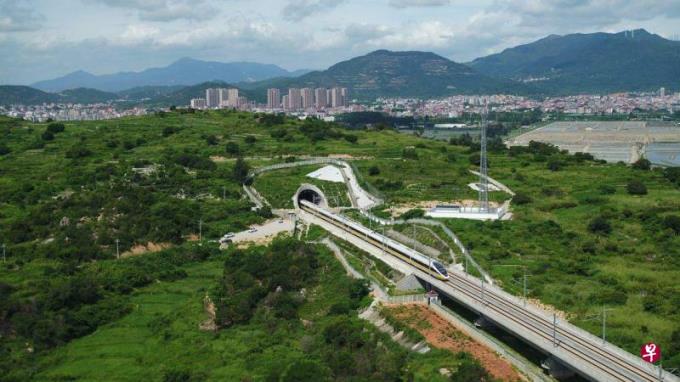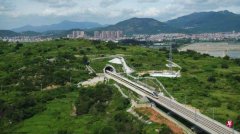
The performance verification of new technical components in China's new-generation EMUThe highest speed of the single -column reaches 453 kilometers per hour.
According to the People's Daily report on July 2, it was learned from China National Railway Group Co., Ltd. (hereinafter referred to as "National Railway Group"), and the new generation EMU (CR450 EMU) new technical component performance verification test was successful.Success, new progress has been made in the development of EMUs.
The test train equipped with new technical components on June 28 at the Meizhou Bay Cross -sea Bridge in the Fuxia High -speed Railway at the highest speed of 453 kilometers per hour and the two -way two -line relative to the highest speed of 891 kilometers per hour; June 29At the Fuxia High -speed Railway Haiwei Tunnel, the test train runs at the highest speed of 420 kilometers per hour and two -way two -lines. The highest speed of 840 kilometers per hour is 840 kilometers per hour. The various indicators of new technical components performed well.
The person in charge of the Ministry of Science and Technology and Information Technology of the National Railway Group introduced that the performance verification test was jointly implemented by the China Railway Science Research Institute Group Corporation, China CRRC Enterprise, Beijing Jiaotong University, Southwest Jiaotong University, Central South University, etc., Carry out 57 scientific research trials to verify the technical feasibility and performance stability of the new technical components of the CR450 EMU.
The goal of the CR450 EMU is higher speed, safer, more environmentally friendly, more energy -saving, and smarter."We have obtained the data characteristics of new technical components under different speed conditions, bridges, tunnels, curves and other data characteristics." The person in charge said that the use of new technologies has achieved new improvements in EMU -related indicators, high -speed rail safety, power power, power, power, and powerImportant indicators such as energy consumption, vibration, acceleration performance, braking stability will continue to lead.



